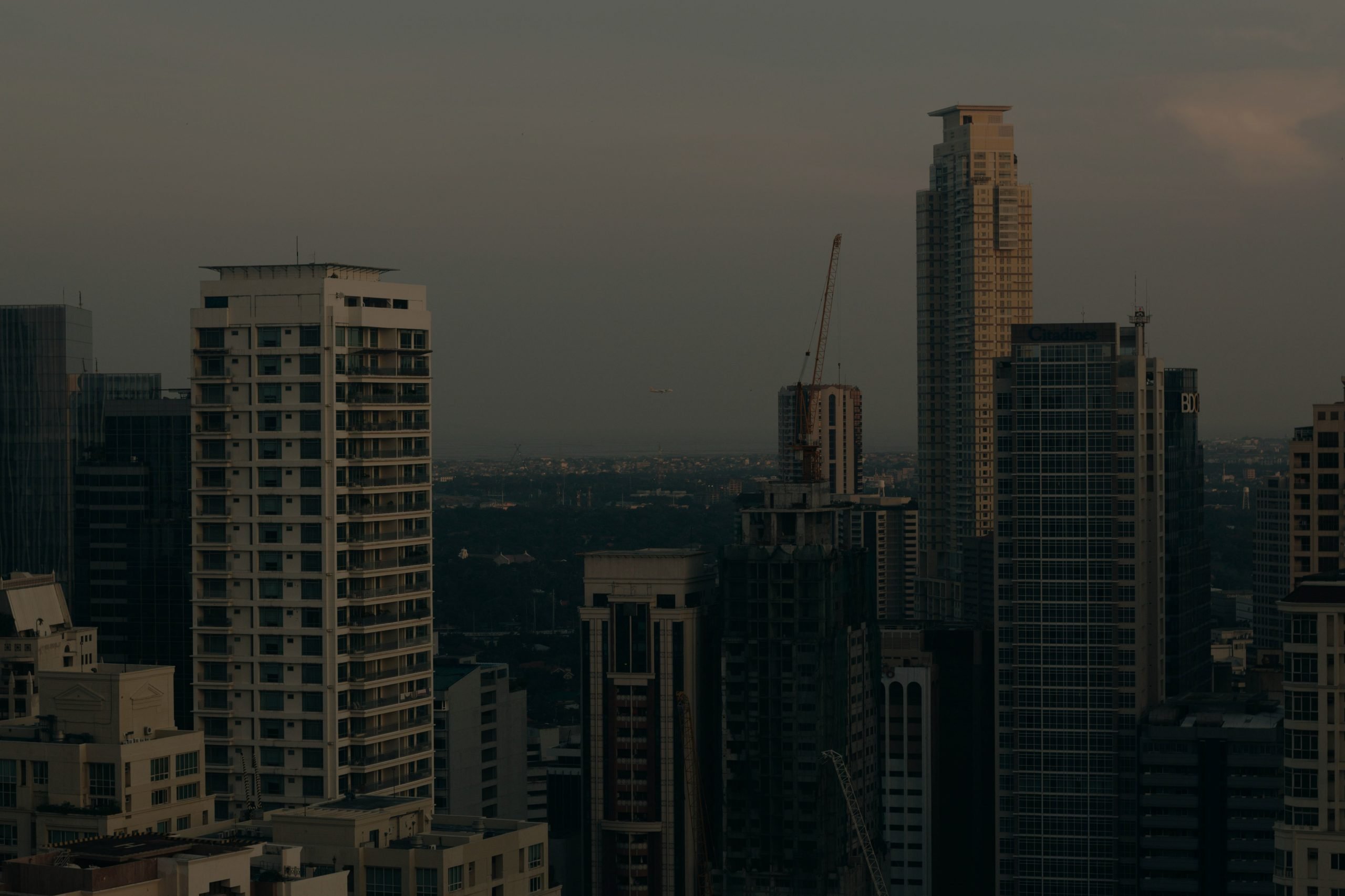If your condo building develops cracks, leaks, or structural damage—who’s responsible?
In India, the answer depends on what’s damaged and who owns that part of the structure. This article breaks down:
-
What RWAs must handle vs. what owners must fix
-
When developers or builders remain liable for defects
-
How insurance and government policies come into play
-
What you can do if no one takes responsibility
Whether you’re a resident, association member, or builder—this guide will help you navigate condo responsibilities the smart way.
The condominium association’s function
Through elected members, the condominium association, also known as the Resident Welfare Association or Strata Corporation, manages and cares for the property. These individuals decide on neighbourhood issues, upkeep, and repairs. Usually, the association is in charge of identifying and resolving structural problems that impact shared infrastructure, common areas, or external features. Individual Condo Owner Responsibilities.
Responsibilities of individual condo owners
Have you ever pondered the boundaries of your condo ownership responsibilities? While associations manage common areas, condo owners are responsible for maintaining their apartments. In most cases, you are responsible for addressing and resolving structural issues within your unit. Conflicts later on can be avoided by being aware of these responsibilities, which have to be specified in your association’s bylaws or declarations.
Developer and builder accountability
Defects in design or construction can occasionally cause structural problems. In certain situations, the builder or developer may be held accountable. If issues can be linked to the building phase, condo owners who want repairs or compensation may have legal remedies depending on their location and unique situation.
The crucial function of contractors and engineers
Structural engineers and contractors are essential in tackling these issues. The condominium association frequently brings in these experts to evaluate circumstances, pinpoint underlying issues, and provide suitable solutions. They assess the extent of the issue, create plans for repairs, and supervise building projects. These experts’ fees are usually covered by the association and, as a result, by owners through maintenance charges or additional assessments.
Considerations for insurance
Another crucial factor to take into account when discussing structural difficulties is insurance coverage. The association ought to keep up-to-date policies that address possible repairs and damages. In addition to understanding their insurance responsibilities for individual units, condo owners should get acquainted with the association’s coverage.
Participation of government authorities
Government agencies use building rules and regulations that set standards for construction, upkeep, and safety to guarantee the integrity and safety of condominium structures. Government organisations may grant permits, carry out inspections, and enforce adherence to construction codes, depending on the area. Government engagement may be necessary to ensure the correct resolution of significant structural challenges.
Interaction and cooperation
In order to address structural difficulties, it is imperative that all parties concerned collaborate and communicate effectively. Associations must to keep lines of communication open with owners, respond to issues right away, and give frequent updates on the status of repairs. Condo owners should cooperate in the resolution process and promptly report issues to the association. To guarantee the greatest results, working with experts like engineers and contractors should be transparent.
Maintaining the value of real estate
Promptly fixing structural problems protects property value in addition to safety. Unresolved issues may affect marketability and resale value in addition to causing further degradation. Associations and owners preserve ideal living conditions and safeguard their investments by accepting the proper responsibility and promptly resolving problems.
Common enquiries concerning structural problems
Many locals are concerned about the safety dangers posed by structural problems. Indeed, if these issues are not resolved right away, they may endanger public safety. By bringing up issues with your association, you can make sure the right steps are implemented.
Condo owners often take care of their own units in terms of financial responsibilities. However, through maintenance fees or specific levies, the Association usually pays for structural repairs in common areas.
To learn about your rights and possible remedies, speak with attorneys versed in condominium law if you believe that construction flaws are causing structural problems.
Damages and repairs resulting from structural problems may be partially covered by insurance. Appropriate insurance coverage should be maintained by the Association as well as individual owners.
The best way to deal with structural problems is still prevention. Problems can be avoided with proactive repairs, routine maintenance, and inspections. Essential preventive measures include following building codes and hiring qualified personnel for construction and repairs.


